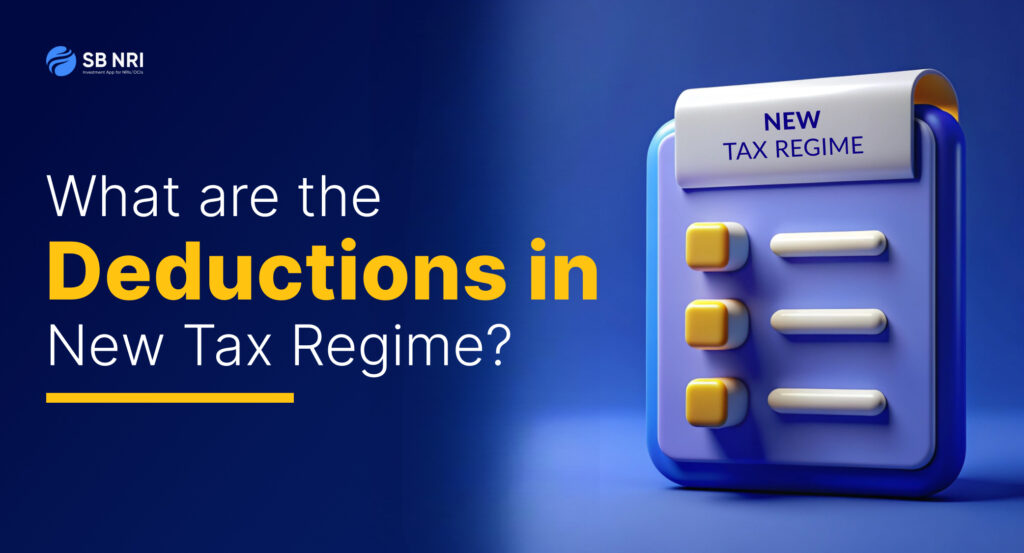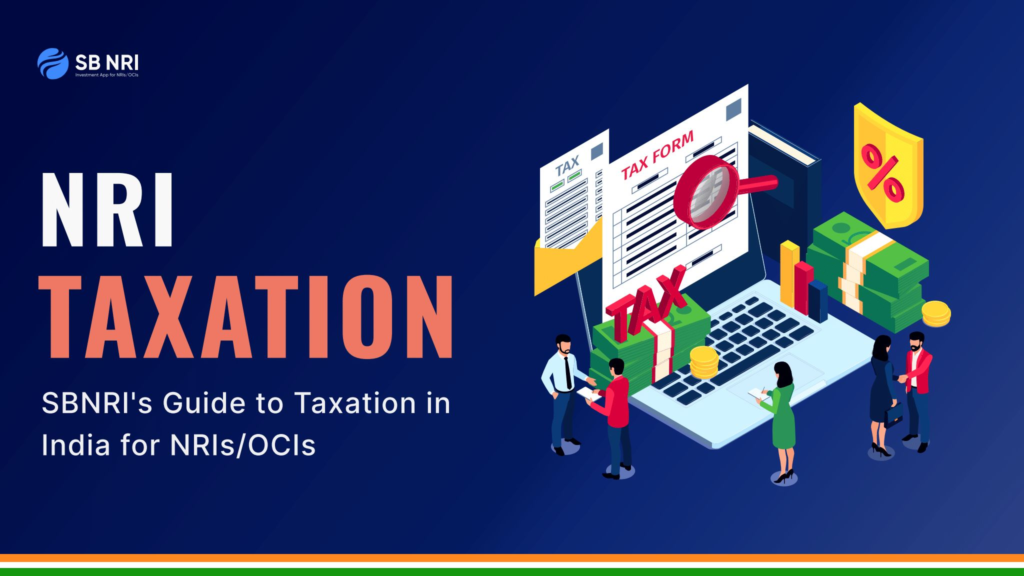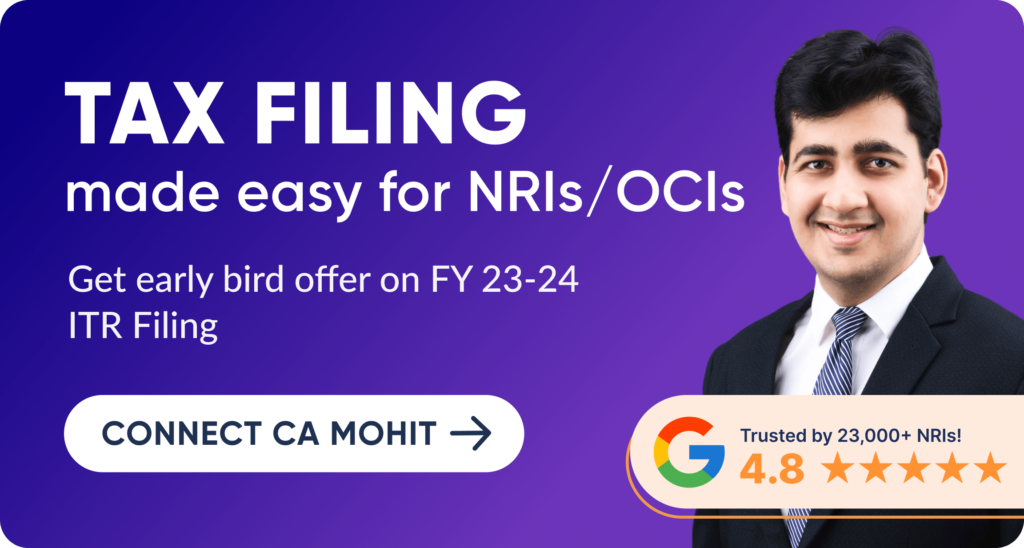
Choosing an option that best reduces your tax liability and saves you more money can be difficult when handling different tax regimes, which apply to all taxpayers including residents, Non-Resident Indians (NRIs), or Overseas Citizens of India (OCIs). New tax regime is known to offer lower tax rates with a lesser number of deductions whereas the old tax regime provides various deductions. However, there are still a few deductions in new tax regime. Here’s a brief on it.
What is the New Tax Regime?
Taxpayers on their own now have access to a different set of income tax slabs under the New Tax system, which were last introduced in the Union Budget 2023. These slabs have lower rates than the previous tax system, but they also have fewer deductions and allowances. Taxpayers have a choice between the new system, which offers simpler tax rates without these deductions, and the old regime, which allows a variety of deductions, including those under Sections 80C and 80D. For people who do not want to claim many exemptions, this regime aims to provide more open tax rates and simplify tax filing.
Also read: ITR Filing for NRIs AY 2024-25: Step-by-Step ITR Filing Process
NRI Income Tax Slab Rates for AY 2024-25 (FY 2023-24) – New Tax Regime & Old Tax Regime
| Income Tax Slab | Old Regime Slab Rates for FY 23-24 (AY 24-25) |
| Up to Rs. 2.50 lakh | Nil |
| Rs. 2,50,000 -Rs. 5,00,000 | 5% |
| Above Rs. 5 lakh to Rs. 6 lakh | Rs. 12,500 + 20% |
| Above Rs. 6 lakh to Rs. 7.50 lakh | Rs. 12,500 + 20% |
| Rs. 7.50,000 to Rs. 9,00,000 | Rs. 12,500 + 20% |
| Rs. 9,00,000 to Rs. 10,00,000 | Rs. 12,500 + 20% |
| Rs. 10,00,000-Rs. 12,00,000 | Rs. 1,12,500 + 30% |
| Rs. 12,00,000-Rs. 12,50,000 | Rs. 1,12,500 + 30% |
| Rs. 12,50,000-Rs. 15,00,000 | Rs. 1,12,500 + 30% |
| Above Rs. 15,00,000 | Rs. 1,12,500 + 30% |
| Income Tax Slab | New Regime Slab Rates for FY 23-24 (AY 24-25) |
| Up to Rs. 3 lakh | Nil |
| Rs. 3,00,000 -Rs. 6,00,000 | 5% (Rebate u/s 87A available) |
| Rs. 6,00,001 lakh to Rs. 9,00,000 | 10% (Rebate u/s 87A available for taxable income up to 7 lacs) |
| Rs. 9,00,001 to Rs. 12,00,000 | 15% |
| Rs. 12,00,001 to Rs. 15,00,000 | 20% |
| Above Rs 15,00,000 | 30% |
Also read: Penalty for Non-filing of ITR by Due Date: Know all the Rules
New vs Old Tax Regime: Deductions & Exemptions
The deductions within the new tax system were mostly unchanged by the most recent Union Budget 2024. About 70 deductions for individuals and businesses were already removed in the Union Budget 2023, with the possible exception of advantages like the Rs 1.5 lakh deduction under Section 80C and the Section 80D medical insurance charges. However, under the new tax system, a few deductions from the previous regime remain valid. Below mentioned is a table comparing the deductions applicable in old regime vs new tax regime.
| Exemptions | Old Tax Regime | New Tax Regime |
|---|---|---|
| HRA exemption | Available | Not available |
| Standard deduction | Available | Available |
| Professional Tax | Available | Not available |
| Interest on housing loan | Available | Not available |
| Deduction under 80C LIC, PE, ELSS, ULIP, home loan principal repayment, tuition fees, Sukanya Samridhi, etc. | Available | Not available |
| Own contribution in NPS | Available | Not available |
| Medical insurance | Available | Not available |
| Disability deduction u/s 80U | Available | Not available |
| Interest on education loan | Available | Not available |
| Interest on e-vehicle loan | Available | Not available |
| Donation to fund/ trust | Available | Not available |
| Donation to political party | Available | Not available |
| Saving bank interest deduction up to Rs. 10,000 | Available | Not available |
Also read: New Rules for NRI Taxation in India FY-2023-24
Available Deductions in New Tax Regime
While the new tax regime largely eliminates the plethora of deductions and exemptions available under the old regime, a few key deductions are still available. These include:
- Transport Allowance: Exemption available for specially-abled individuals.
- Conveyance Allowance: Allowance received to cover conveyance expenses related to employment.
- Travel Compensation: Compensation for travel expenses incurred during tours or transfers.
- Daily Allowance: Allowance to cover daily expenses incurred due to absence from the regular place of duty.
- Perquisites: Exemptions for perquisites used for official purposes.
- Voluntary Retirement, Gratuity, and Leave Encashment: Exemptions under Sections 10(10C), 10(10), and 10(10AA) respectively.
- Home Loan Interest: Deduction for interest on home loans for let-out properties under Section 24.
- Gifts: Exemption for gifts up to ₹50,000.
- Employer’s Contribution to NPS: Deduction under Section 80CCD(2) for employer’s contributions to the National Pension System.
- Additional Employee Cost: Deduction for additional employee costs under Section 80JJAA.
- Standard Deduction: A standard deduction of ₹50,000 introduced in Budget 2023, applicable from FY 2023-24.
- Family Pension Income: Deduction under Section 57(iia) for family pension income introduced in Budget 2023.
- Agniveer Corpus Fund: Deduction for contributions to the Agniveer Corpus Fund under Section 80CCH(2), introduced in Budget 2023.
Also read: 5 Tips for NRIs Filing Income Tax Returns in India
What is Sec 87A of the Income Tax Act?
Individual taxpayers are eligible for a refund under Section 87A of the Income Tax Act if their total taxable income for a particular fiscal year does not exceed Rs. 5,00,000 for the old regime and Rs 7 lakhs in the new regime. Introduced in 2013 and revised in 2019, and further revised in FY 23-24, this section allows eligible taxpayers rebate on their tax reducing their tax liability to zero. Here’s how it works:
- Old Tax Regime: The rebate is 100% of income tax or ₹12,500, whichever is lower, for incomes up to ₹5 lakh.
- New Tax Regime: The rebate is 100% of income tax or ₹25,000, whichever is lower, for incomes up to ₹7 lakh.
Also read: Can NRIs avail Sec 87A rebate?
Can NRIs Avail Deductions in New Tax regime?
Residents and non-residents come under the same tax slab rates and can choose between the existing and new tax regimes. Each regime offers different advantages, and understanding them can help you make an informed decision that aligns with your financial goals. The new tax regime is the default and does not include exemptions like:
- House rent allowance.
- Leave travel assistance.
- Deductions for medical insurance.
- Life insurance premiums.
- Provident Fund (PF), etc.
If you prefer the existing tax regime with these benefits, you can opt for it while filing your income tax return.
Also read: What is Section 54F of Income Tax Act? How can NRIs benefit from it?
Wrapping Up
In comparison to the previous tax regime, the New Tax Regime, which came into place in 2023, offers lower tax rates as well as fewer deductions and exemptions. This arrangement remained unchanged from the 2024 Union Budget. Residents and non-residents both can opt for the more straightforward new system or the more complex previous one, which permits more deductions such as those found in Sections 80C and 80D. Benefits like a house rent allowance and deductions for life and health insurance premiums are not part of the new regime. When completing their income tax returns, taxpayers must select the previous system in order to keep these benefits.
Also Read: Income Tax e-filing: Top 10 NRI Income Tax Filing Benefits
Calculate your TDS Refund with SBNRI’s TDS Refund Calculator
A TDS refund is the process of reclaiming the excess tax deducted at source by the payer if the actual tax liability of the taxpayer is lower than the TDS deducted. This situation typically arises when the income tax calculated on the total income is less than the TDS already deducted. To claim a TDS refund, taxpayers need to file an income tax return (ITR). The Income Tax Department processes the ITR and verifies the details. If the tax department finds that the TDS paid is more than the actual tax liability, the excess amount is refunded to the taxpayer.
You can easily find out how much tax refund you can get by calculating your TDS Refund from this TDS Refund Calculator.
Access SBNRI’s Exclusive NRI Taxation Guide

NRIs and OCIs can now access SBNRI’s exclusive NRI Taxation Guide covering in-depth information about DTAA, Gift Tax, Rental Income Tax, ITR Filing, Types of ITR Forms for NRIs, Capital Gain Tax, Income Tax, and more. The report will help you understand India taxation on mutual funds, other asset classes and how you can comply with the regulations.
Access NRI Taxation Guide here
Looking for NRI ITR Filing? Connect with SBNRI NRI Tax Expert CA Today!

At SBNRI, we have simplified ITR filing for NRIs/OCIs through a smooth digital journey. Be it Basic Filing, Advanced Filing (includes Capital Gain, etc.), or Premium Filing (Foreign Income), we can help you assess the right computation and lower your tax liability.
“We’ve helped over 500+ NRIs/OCIs file ITR returns and more than 25,000+ across other taxation services last financial year and we’d love to help you out too”
You can download SBNRI App or connect with NRI Tax Expert team directly via the button below.
FAQs
Should NRIs file tax returns in India?
NRIs should file income tax returns in India if they earned income in India during the financial year. Their tax liability depends on their residential status.
Is 80C allowed in the new tax regime?
No, investments such as PF and VPF are tax deductible under 80C.Although, section 80C deduction is not under the new regime.
What are 120 days rules for NRIs?
The 120 days rule for NRIs states that if they spend more than 120 days but less than 182 days in India and their total income from India is ₹15 lakh or more, they are considered “resident but not ordinary resident” (RNOR).
Is there a 50,000 standard deduction in the new tax regime?
Yes, from AY 2024-25 onwards, a standard deduction of Rs. 50,000 or the amount of salary (whichever is lower) is available under both the old and new tax regimes.
What is the basic difference between the old and new tax regimes?
- Old Tax Regime: Allows multiple exemptions and deductions such as HRA, LTA, and Section 80C deductions.
- New Tax Regime: Offers lower tax rates but does not allow most exemptions and deductions, except for a few like the standard deduction and employer’s contribution to NPS.
Can I claim House Rent Allowance (HRA) in the new tax regime?
No, the HRA exemption is not available under the new tax regime. It is only available under the old tax regime.
Is the standard deduction of Rs. 50,000 available in the new tax regime?
Yes, from AY 2024-25 onwards, the standard deduction of Rs. 50,000 is available in both the old and new tax regimes.
Can I claim deductions under Chapter VIA (such as Section 80C, 80D, 80G) in the new tax regime?
No, in the new tax regime, most deductions under Chapter VIA cannot be claimed, except for a few specific ones like 80CCD(2) and 80JJAA.
Can I claim a deduction for interest on borrowed capital for a self-occupied property?
No, deductions for interest on borrowed capital for self-occupied property are not allowed in the new tax regime. This deduction is available only under the old tax regime.
Are there any special advantages for senior citizens in the new tax regime?
In the old tax regime, senior citizens have a higher basic exemption limit (Rs. 3 lakh for senior citizens and Rs. 5 lakh for super senior citizens). In the new tax regime, there is no special advantage, but no tax is payable on income up to Rs. 7 lakh.
Is there any difference in tax rebate under Section 87A between the old and new tax regimes?
Yes, under the old tax regime, the rebate is up to Rs. 12,500 for income up to Rs. 5 lakh. In the new tax regime, the rebate is up to Rs. 25,000 for income up to Rs. 7 lakh.
Do I need to file Form 10-IEA to opt for the old tax regime?
Yes, if you have business or professional income, you need to file Form 10-IEA to opt for the old tax regime. For those without business income, you can opt for the old tax regime by simply selecting the appropriate option in the ITR form without filing Form 10-IEA.
Can I switch between the old and new tax regimes every year?
Taxpayers with business income cannot switch between the regimes every year once they opt out of the new regime. They can only revert to the new regime once. Taxpayers with non-business income can switch between the old and new tax regimes every year.
What if I want to switch back to the old tax regime after opting for the new regime in previous years?
The new tax regime is the default regime for AY 2024-25. Any previous actions regarding the choice of regimes will not apply from AY 2024-25. You will need to submit Form 10-IEA again to opt for the old regime.
Is 87A rebate available for NRI?
No, this rebate is only eligible for resident individuals. As, taxpayers qualifying as non-residents are not eligible for a rebate under 87A.



